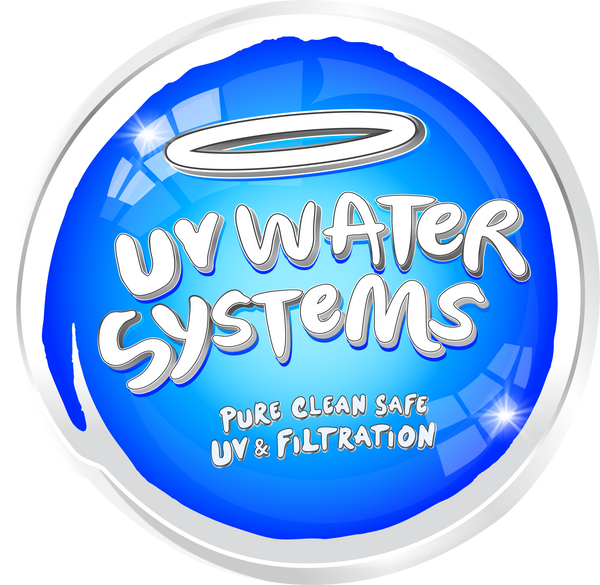Regular maintenance of your water tank helps ensure clean, safe water for your household. Many New Zealand homeowners overlook a crucial maintenance task: vacuum cleaning their water tank every two years. Understanding why and how this maintenance procedure benefits your water quality can help protect your family's health and your water system's longevity.
Understanding Sediment Buildup
Rain carries small particles of dust, leaves, and other environmental debris into your water tank. Over time, these particles settle at the bottom, forming a thick layer of sediment. During heavy rainfall, this sediment doesn't stay settled—it gets stirred up and moves throughout your tank, potentially entering your home's water supply.
The Importance of Regular Vacuum Cleaning
A professional vacuum cleaning of your water tank removes accumulated sediment efficiently. Regular cleaning prevents contamination of your drinking water and protects your filtration system from unnecessary strain. New Zealand's climate, with its frequent rainfall patterns, makes this maintenance particularly important for maintaining water quality.
Protecting Your Filtration System
When sediment builds up in your water tank, it can overwhelm your water filters during heavy rain. As the rain stirs up settled debris, your filters must work harder to catch these particles. Eventually, this leads to reduced filter efficiency and potentially compromised water quality.
The Right Way to Clean Water Tank
Professional water tank cleaning involves more than just removing sediment. A proper cleaning process requires careful attention to timing and post-cleaning procedures. After vacuum cleaning your tank, waiting approximately one week before replacing your filters proves crucial for optimal results.
The Waiting Period Explained
Many homeowners make the mistake of immediately installing new filters after a tank cleaning. However, residual sediment and bacteria often remain in the pipes after the initial cleaning. By waiting a week before filter replacement, you allow any remaining debris to clear from your system naturally.
Monitoring Your Water Tank System
Checking your filters the day after a tank cleaning can provide valuable information about your system's condition. Visible sediment on new filters indicates that the system needs more time to clear before final filter installation. This simple check helps ensure your cleaning investment delivers maximum benefits.
The Cost of Neglect Maintenance of Water Tank
Skipping regular water tank maintenance can lead to several problems. Accumulated sediment may cause:
● Reduced water quality
● Damaged filtration systems
● Increased maintenance costs
● Potential health risks from contaminated water
The Investment in Prevention
Regular water tank vacuum cleaning represents a small investment compared to the potential costs of system repairs or health issues from contaminated water. New Zealand households relying on tank water should view this maintenance as essential rather than optional.
Maintaining Water Quality Year-Round
Between professional cleanings, simple practices help maintain water tank water quality. Regular roof and gutter cleaning reduces debris entering your tank. Installing quality leaf filters on downpipes provides additional protection against sediment buildup.
Professional Expertise Matters in Maintaining a Water Tank
Choosing qualified professionals for your water tank cleaning ensures thorough service and proper technique. Experienced technicians understand New Zealand's specific water collection systems and can provide appropriate maintenance recommendations for your setup.
Conclusion
Professional water tank vacuum cleaning every two years, combined with proper post-cleaning procedures, helps ensure reliable access to clean water. Taking care of your water system protects your family's health and maintains your home's water quality for years to come.


